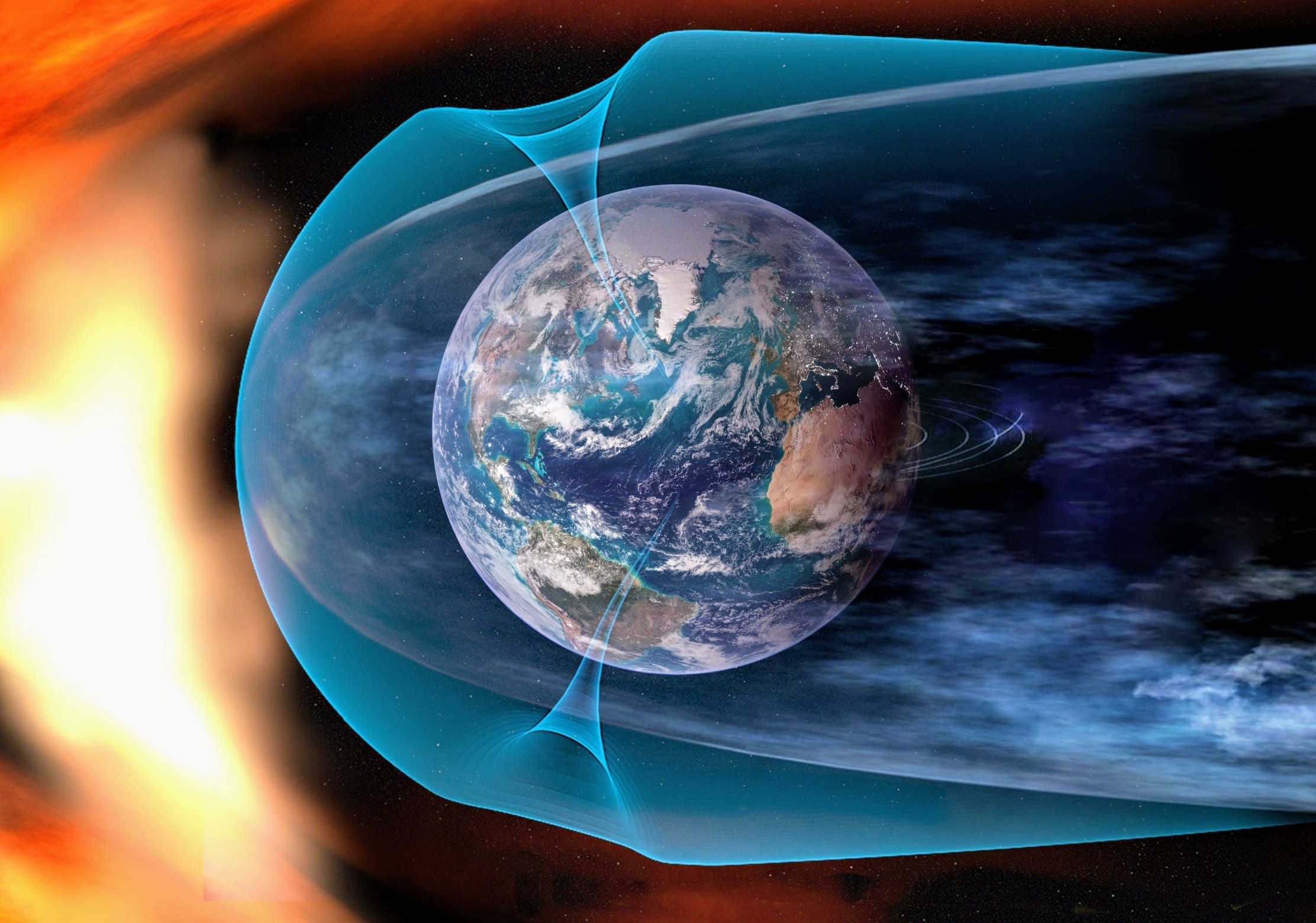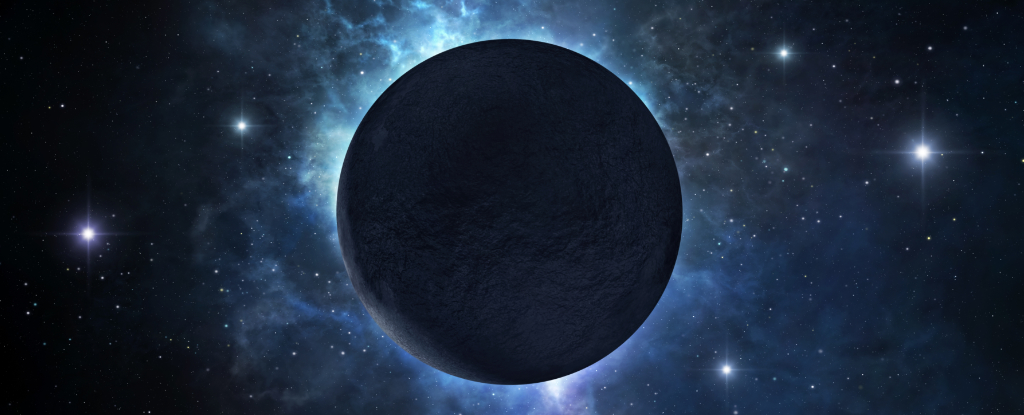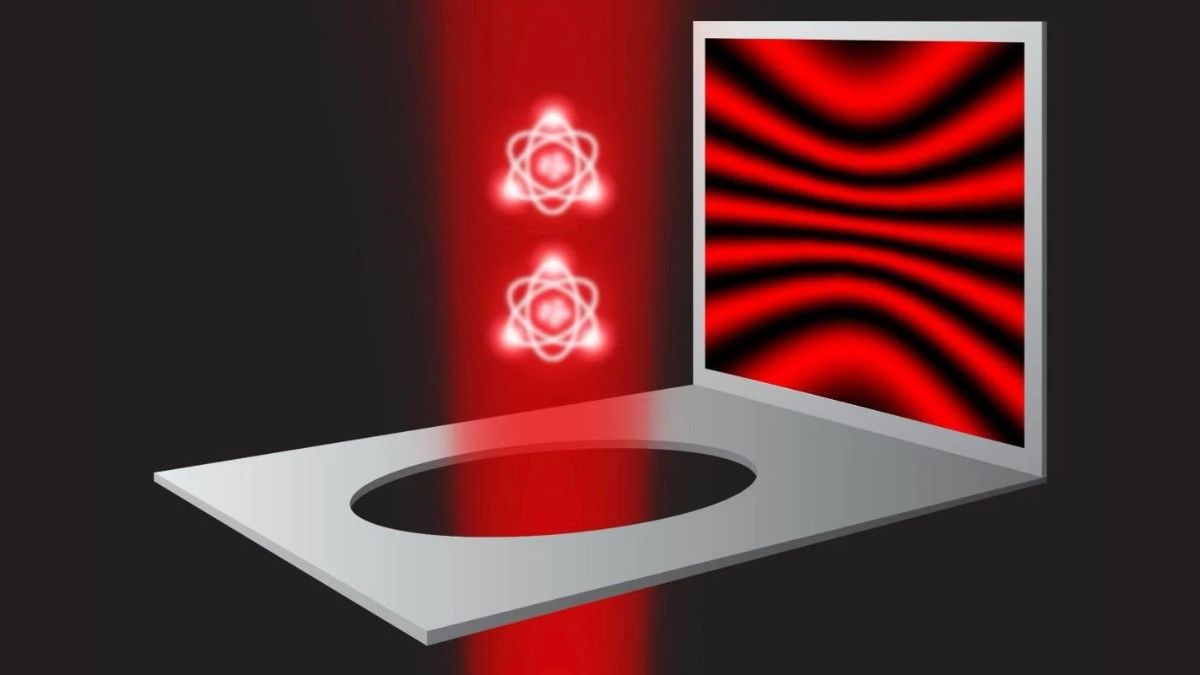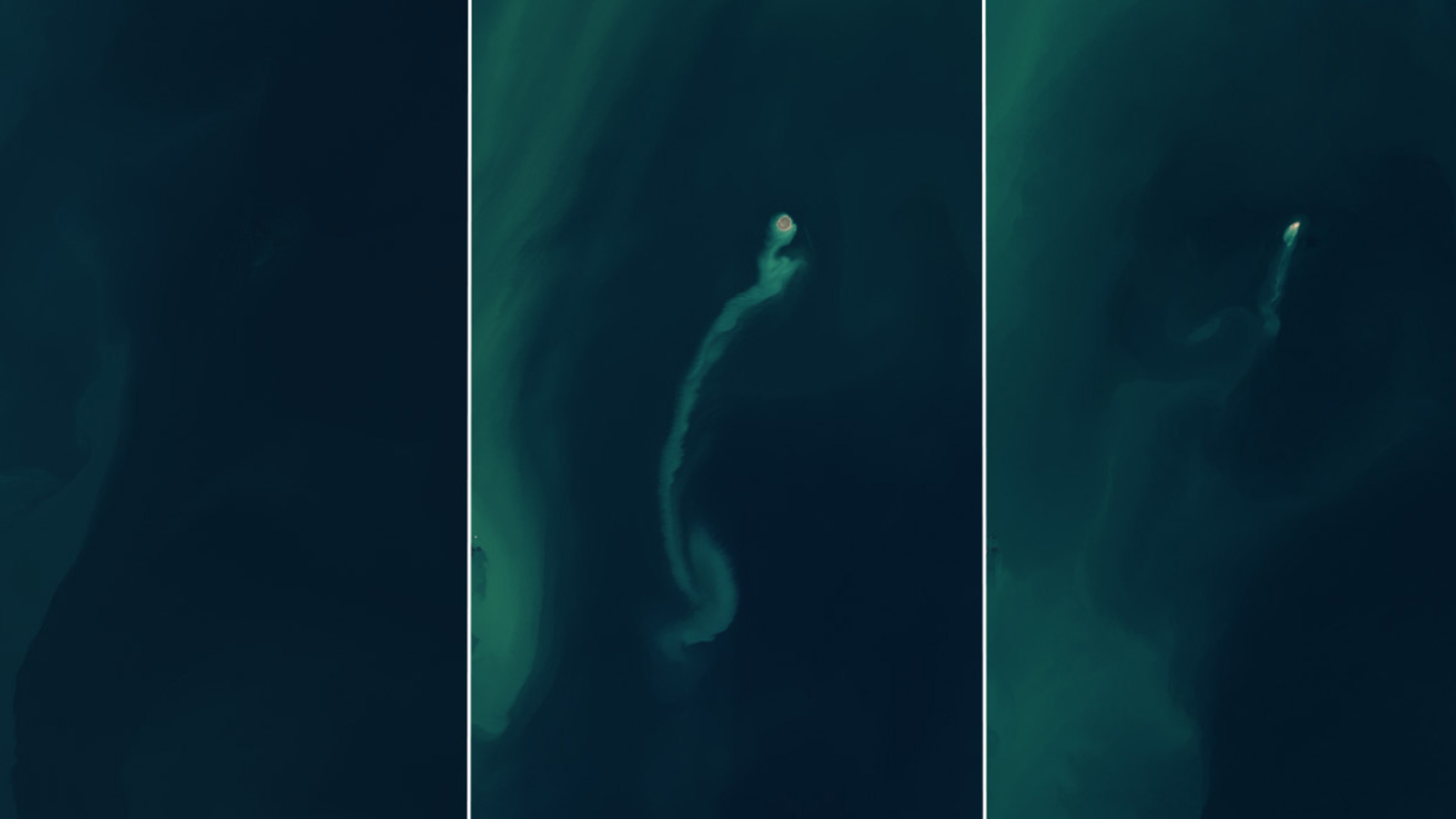Astronomers Unravel the Mystery of 'Teleios': A Perfectly Circular Radio Object in Our Galaxy

The astronomical community is currently abuzz with excitement following a groundbreaking discovery that has the potential to reshape our understanding of cosmic phenomena. Researchers have identified an extraordinary celestial object within our very own Milky Way galaxy, a perfectly circular radio source affectionately dubbed “Teleios.” The name 'Teleios' is derived from the Greek word for 'perfection', reflecting the remarkable symmetry of this newly discovered entity that has left scientists both fascinated and perplexed.
This fascinating discovery was made by astronomers from Western Sydney University, who were analyzing data captured by the Australian Square Kilometre Array Pathfinder (ASKAP). The object, cataloged as G305.4-2.2, stands out as it appears nearly as a mathematically perfect sphere when observed through radio telescopes. Unlike most celestial bodies that typically exhibit some level of irregularity, Teleios maintains a strikingly symmetrical shape, making it a true anomaly in the astronomical world.
Importantly, this object differs significantly from previously identified Odd Radio Circles (ORCs) that were discovered in 2019. Those structures were associated with massive explosions occurring in galaxies billions of light-years away. In contrast, Teleios resides within our own Milky Way galaxy, compelling scientists to re-evaluate existing theories surrounding the formation and characteristics of such cosmic structures.
Upon its initial observation, researchers systematically ruled out several potential explanations for Teleios' nature. It was determined that the object is not a planetary nebula formed by the final stages of a dying star, nor does it exhibit the traits associated with a Wolf-Rayet bubble, which is created when massive stars shed their outer layers of gas. Even the intriguing possibility of Teleios being a Dyson sphere—a hypothetical megastructure that could be constructed by an advanced alien civilization—was dismissed after the absence of infrared emissions coming from within the object.
As scientists continued their analysis, the prevailing hypothesis began to suggest that Teleios could likely be classified as a supernova remnant. Supernova explosions occur when a star reaches the end of its life cycle, ejecting bubbles of stellar material that expand through the cosmos. Typically, these remnants take on a shell-like appearance due to the asymmetrical nature of the explosions and the inhomogeneous environment of interstellar space.
However, the perfect circularity of G305.4-2.2 has puzzled astronomers, leading them to consider various explanations for this unusual phenomenon. Such geometric perfection is exceptionally rare among cosmic structures, particularly supernova remnants. The object's shape implies either an extraordinarily symmetric stellar explosion or an expansion through an unusually uniform surrounding medium—both scenarios that challenge established astrophysical patterns.
Current analyses indicate that Teleios most likely originated from a Type Ia supernova. This particular type of supernova occurs when a white dwarf star accumulates enough mass from a companion star, resulting in a catastrophic explosion. While this theory aligns well with the characteristics observed in Teleios, definitive confirmation will necessitate further observations and studies.
Understanding supernova remnants is crucial for gleaning insights into galactic evolution. These remnants play an essential role in enriching the interstellar medium and influencing its structure and physical properties. Although astronomers have cataloged roughly 300 supernova remnants within our galaxy, estimates suggest that there may be over 2,000 such remnants scattered throughout the Milky Way. Each new discovery, like Teleios, contributes significantly to our comprehension of the cosmic processes that sculpt our galaxy, much akin to ancient natural phenomena that continue to astonish us.
Determining Teleios' exact characteristics has proven to be a complex task for astronomers. Based on its relatively low luminosity, two potential distances have been proposed. The first estimate suggests that Teleios is approximately 7,175 light-years away, while the alternative calculation posits it could be around 25,114 light-years distant. This uncertainty surrounding its location results in considerable variation in the estimated size of the object. Should it be situated closer to Earth, Teleios would measure approximately 46 light-years in diameter; however, if it is further away, its size could extend to roughly 157 light-years across. This ambiguity also extends to age estimates, with possibilities ranging from less than 1,000 years to potentially over 10,000 years old.
The enduring nature of cosmic structures such as Teleios reflects a resilience akin to that seen in some of Earth's most tenacious creatures. Just as certain animals can thrive in inhospitable environments, celestial phenomena like Teleios persist through vast cosmic timescales while retaining their distinctive features.
To fully characterize Teleios, astronomers will need to conduct additional research using higher-resolution, multi-frequency observations. Although current technological limitations hinder a complete understanding of this enigmatic object, advancements in radio astronomy are expected to facilitate more detailed analyses in the years to come.
The discovery of a perfectly circular radio object like Teleios not only invites intrigue but also opens new paths for astronomical research. Uncommon cosmic occurrences often lead to refinements in theoretical models and a deeper comprehension of astrophysical processes. Just as unexpected findings in Earth's oceans can revolutionize our understanding of marine life, celestial anomalies like Teleios compel astronomers to rethink long-held theories.
The geometric perfection exhibited by Teleios challenges conventional notions about supernova explosions and their aftermath. If it is confirmed to be a supernova remnant, Teleios could provide evidence for previously unobserved explosion mechanics or unique interstellar conditions that allowed for such symmetric expansion.
Given the rarity of perfectly circular astronomical objects, this discovery carries substantial significance. Natural processes typically yield some degree of irregularity, so when a case of geometric perfection arises, it demands attention. This exceptional finding is reminiscent of other astonishing phenomena, such as instances where unexpected resilience defies statistical odds.
As astronomical instruments continue to improve and evolve, researchers are optimistic about uncovering more unusual objects throughout our galaxy. Each new discovery not only enriches our cosmic understanding but also underscores the vast unknowns that still exist in our celestial neighborhood. The scientific community eagerly anticipates further investigation into this perfect cosmic circle, serving as a reminder that even within the extensively studied Milky Way, hidden wonders await to capture our fascination and curiosity.





























